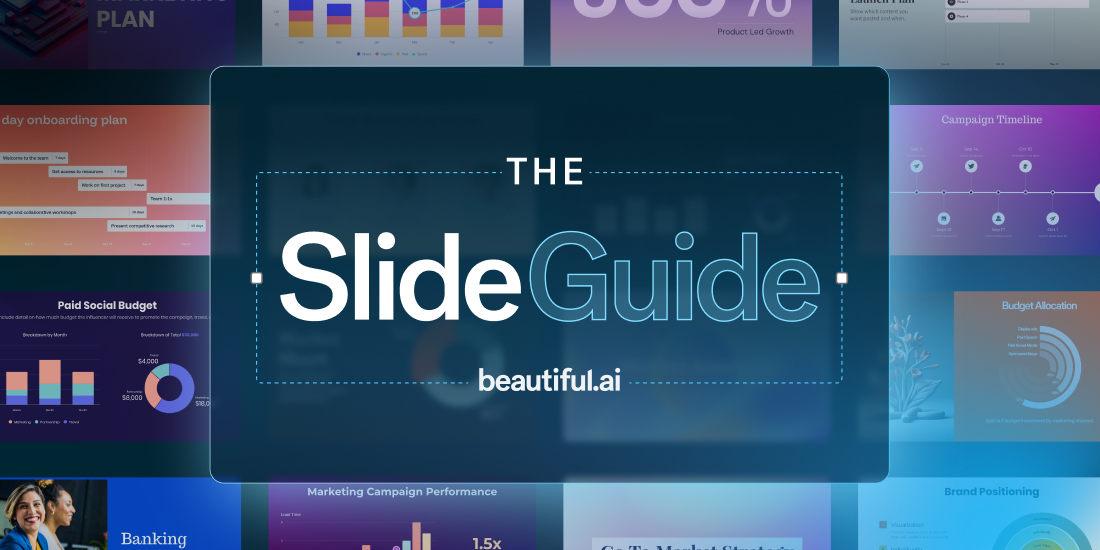
When you hear the term pitch deck, it may sound like a piece of jargon reserved for investors or Silicon Valley startups. But at its core, a pitch deck is simply a presentation—a short, visually engaging slide deck that tells the story of your idea, company, or project. Think of it as a conversation starter designed to spark interest.
The basics of a pitch deck
A pitch deck is usually 10–15 slides long and covers the essential points someone needs to understand your business or proposal. The goal is to give a clear, compelling overview, often in situations where time is limited—such as meetings with potential investors, clients, or partners.
Instead of heavy text, a good pitch deck relies on simple visuals, concise messaging, and a logical flow. At its best, it feels less like a lecture and more like a story—guiding the audience through the problem you’ve identified, the solution you’re offering, and why you’re uniquely positioned to succeed.
What goes into a pitch deck?
While every pitch deck is unique, most follow a similar structure. Here are the key elements you’ll often see:
- Introduction: A quick snapshot of who you are and what you do.
- The Problem: The challenge or gap in the market that your idea addresses.
- The Solution: How your product, service, or approach solves that problem.
- Market Opportunity: The size and potential of the market you’re targeting.
- Business Model: How you plan to make money.
- Traction: Evidence that your idea is working—such as customer feedback, sales numbers, or early growth.
- Team: The people behind the project and why they’re the right group to make it succeed.
- Call to Action: A closing ask—this could be funding, partnership, or simply a follow-up conversation.
Not every pitch deck includes all of these sections, but together they paint a complete picture of the opportunity.
Why do pitch decks matter?
In business, first impressions count. A pitch deck is often the very first look someone has at your company or idea, so it needs to be sharp, professional, and easy to understand. Investors or decision-makers are busy—they may see dozens of pitches in a week. A strong deck helps you stand out by being clear, memorable, and visually polished.
But a pitch deck isn’t just about impressing others. It’s also a valuable exercise for you and your team. Boiling your idea down into a handful of slides forces you to focus on what really matters: the problem, the solution, and the path forward. If you can explain your vision clearly in 10 slides, you’re more likely to have a business worth pursuing.
What are common misconceptions about pitch decks?
One of the biggest misconceptions about pitch decks is that they need to include everything—every financial detail, every market analysis, every technical feature. In reality, less is more. The pitch deck’s purpose is to spark curiosity, not answer every possible question. If you succeed, your audience will want to dig deeper in a follow-up meeting.
Another misconception is that a pitch deck is only for startups seeking venture capital. In fact, pitch decks are useful in many contexts—nonprofits use them to attract donors, sales teams use them to win new clients, and internal teams use them to sell ideas to executives.
.png)




.gif)
